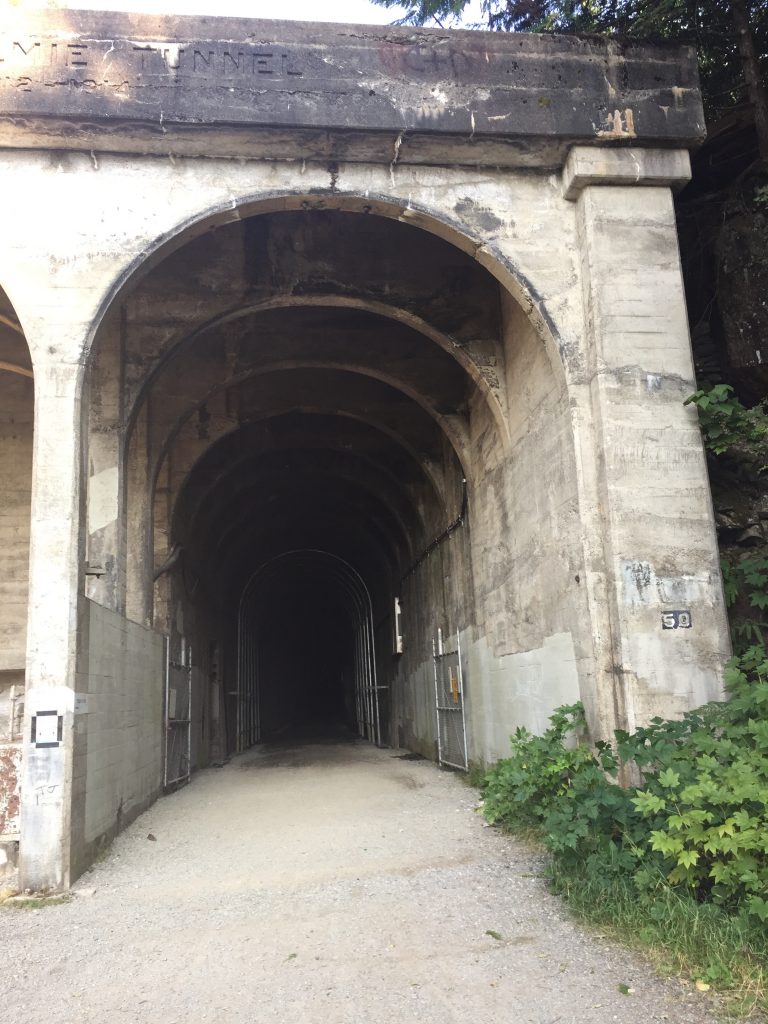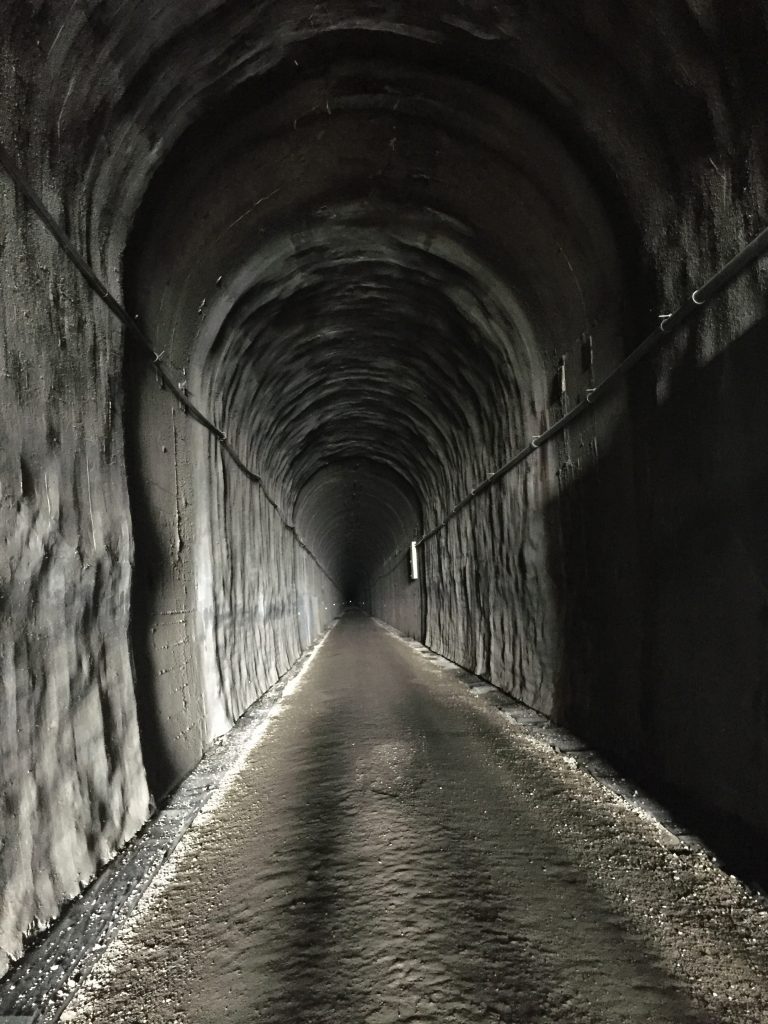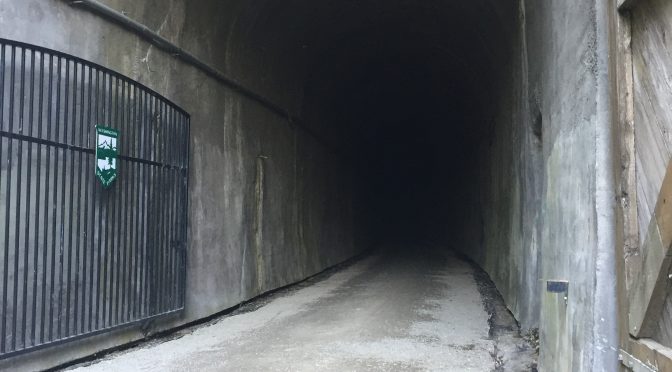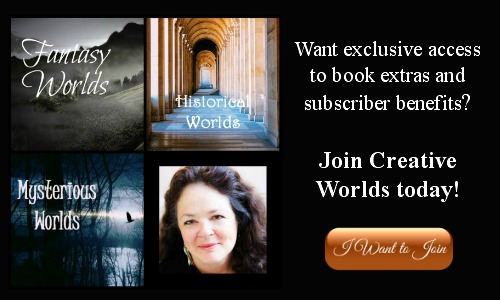“This is the summer of no fun,” I told my husband. My family, along with most of the world, are in voluntary lockdown due to Covid-19. All members of my household fall into categories with a higher percentage of death from the coronavirus. My husband and I both work from home these days, and we rarely leave our four walls.
We live in a quiet corner of the Pacific Northwest and could drive to a remote area for a hike. However, taking a trip might lead to entering a public restroom or passing someone too closely on the trail. Staying home guarantees better odds of safety.
I begin to understand how hostages or victims of abuse bond with their captors. In my opinion, many of us suffer from Stockholm Syndrome, held ransom in our own homes by the pandemic. There was no reason we couldn’t take walks around a local lake, wearing masks and weaving away from others we met. But, no. Rather than enjoying whatever activities we still can do, we retreat into social media. My family has not been immune.
A series of deadlines from my publisher compounded our home-bound status. When I finally looked up from my desk, I realized the situation. We debated whether we should meet dear family members for a hike through the Snoqualmie Tunnel, an excursion of more than two-and-a-half miles. My husband was aching for an adventure, and I’m almost always onboard for one. We hadn’t seen our family members for over a year. We would all practice social distancing and wear masks, but was that enough to keep us safe?
We do our best. The mail sits for days before we open it. We wipe down grocery deliveries with disinfectant. Even so, the possibility exists that we could contract the virus even while in lockdown. If that happened, and I lost my life, would I really want to leave this world without seeing again the people I love most in the world?
Life is full of risks. Sometimes you just have to take them.
After filling water bottles and loading our knapsack with trail snacks, we drove to Snoqualmie Pass to meet our family. The old railway tunnel, completed in 1914, crosses the Cascade Mountains a little south of the pass. Originally serving the Chicago, Milwaukee, St. Paul and Pacific Railroad, known as “The Milwaukee Road,” the tunnel now forms part of the 110-mile Palouse to Cascades Trail (formerly the John Wayne Trail). The tunnel stands within the Iron Horse State Park.
The sun warmed me, but a cold wind made me glad for my down jacket as I walked toward the mouth of the tunnel with my family. Stepping from the brightness into dimness took a little getting used to. The path soon curved and cut off the light from the opening behind us. If not for the distant point of illumination at the other end, we would have been entirely in the dark. Our flashlights didn’t penetrate very far, which was part of the charm. There’s nothing so fun as scaring yourself in a spooky place.

I have pondered the definition of adventure in the midst of backpacking in the Olympic National Park. While dampened by rain and keeping watch for a bear that had learned to challenge hikers for their packs, you think about such things. I came to the conclusion that adventure contains both risk and the uncertainty that you will overcome it. There’s a touch of fear that calls forth courage. That feeling came back to me now.
The tunnel should be sound or we wouldn’t have been allowed inside it (one would hope). Water dripped down and hit the back of my neck—the first of many drips seeping through the ceiling called that idea into question. The moisture collected in pools that, in the faint light, I often discovered the hard way. We joked that the light reflectors were really “light absorbers” because they appeared to extinguish any stray beam that dared venture near.
My family was so giddy at seeing one another again that we kept up a stream of lively chatter amid much laughter. I was glad to have come. These are the moments in life that nothing can take from you. We walked a long time before passing others traveling the opposite direction. The tunnel seemed to go on forever. In DawnSinger, the first book in my Tales of Faeraven series, the characters travel through a a fen-land where a river meets the sea. The closer they draw to Pilaer, the ruined stronghold that is their destination, the farther away it moves. This was a lot like that.
The children in our group made a game of hiding in bays cut in the walls at intervals. They would lie in wait, and then pop out to startle us. In the spirit of their game, I did my best to pretend surprise.
Despite my doubts, the light at the end of the tunnel grew steadily larger and stronger until I finally walked through. Returning to the sunshine felt strange, like coming home from a long trip to find your house unfamiliar. It was only when we were eating lunch at several tables beyond the entrance that I realized the sheer size of the mountain cut by the tunnel. The leaking ceiling and an area where chain-link fencing held back potential rock-fall didn’t seem such small issues any more.
Knowing that much weight pressed down on the tunnel made me less enthusiastic about retracing my footsteps. However, unless I wanted to climb a formidable mountain, there was no other way to reach the car.

I turned back into the tunnel and instantly found myself in an elven realm. The picture doesn’t do it justice. The light angling in behind me highlighted a stippled pattern on the ceiling that I later learned were stalactites. The walls glowed as if lit from within. In DawnSinger, the heroine passes through a cave with walls that glow by their own light. How fun to pretend for a moment that I’d walked into my own novel. Droplets sparkled as they fell from the domed ceiling and plinked into silvered pools.
The light followed us all the way back through the tunnel, a welcome companion in a place that had earlier made me think of Tolkien’s demon spider, Shelob, at the entrance to Mordor. As Tolkien so aptly put it: “They walked as it were in a black vapour wrought of veritable darkness itself that, as it was breathed, brought blindness not only to the eyes but to the mind, so that even the memory of colours and of forms and of any light faded out of thought. Night always had been, and always would be, and night was all.”
I left the tunnel behind, cherishing the reminder that passing through the darkness often delivers us into a place of beauty.

